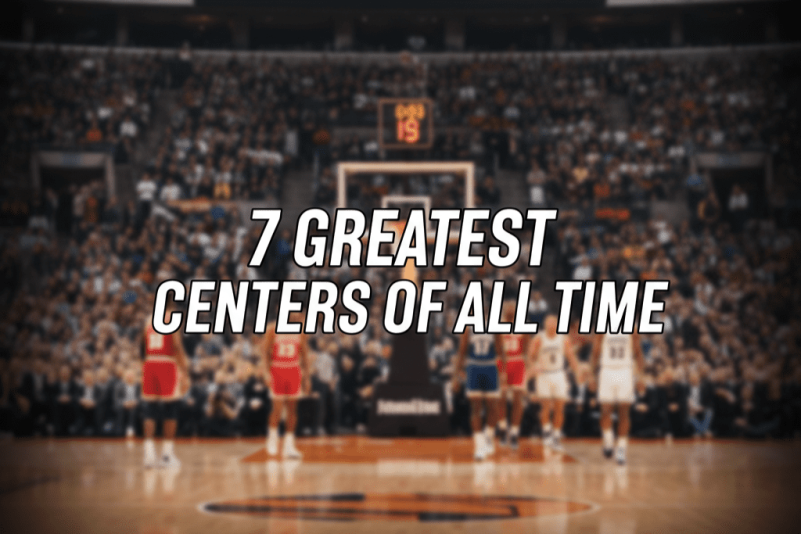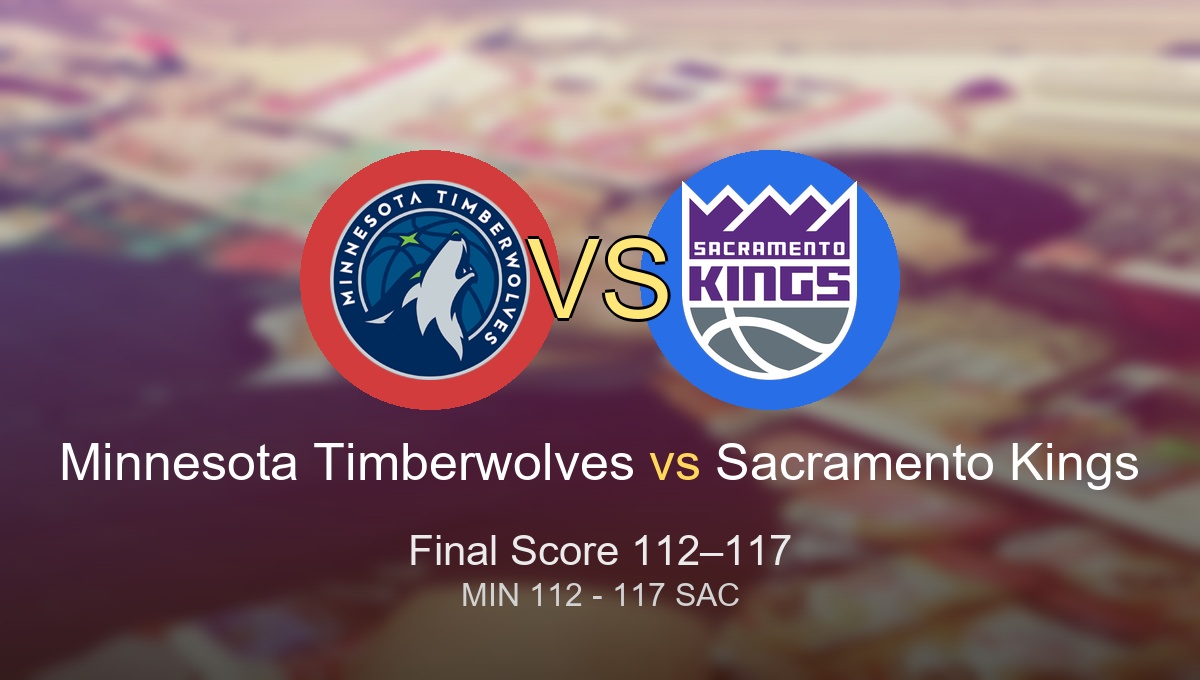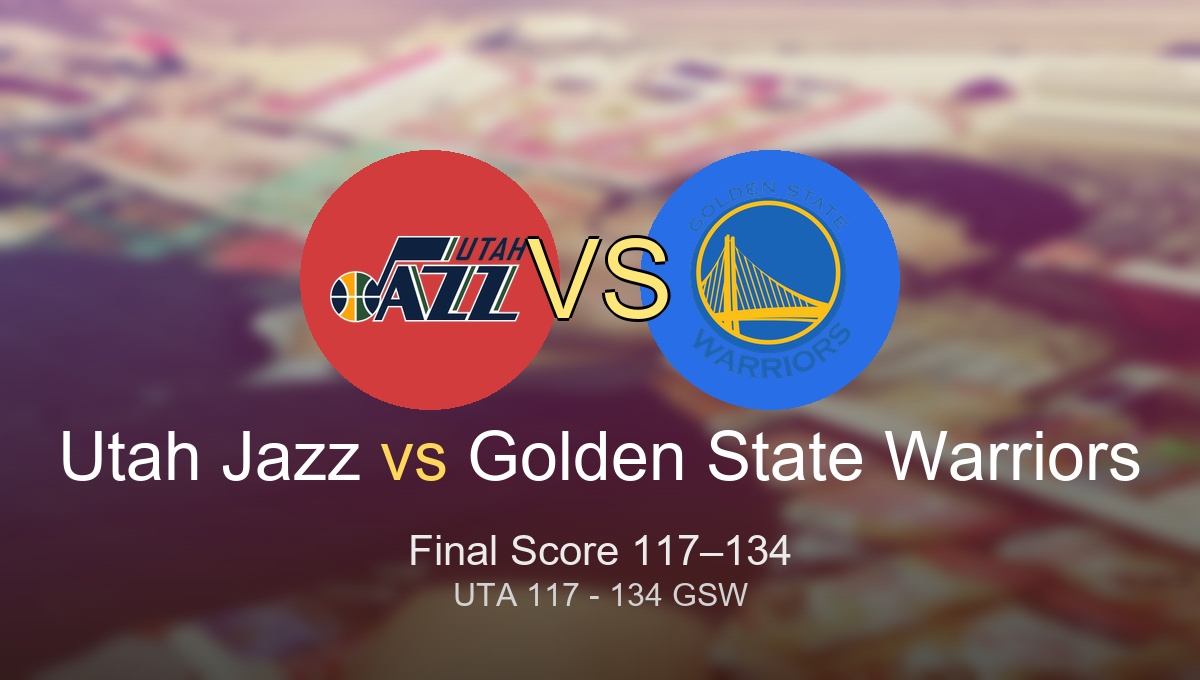
You search for the greatest centers of all time because you want more than a numbers list. You want to understand how these giants bent the game to their will. How they turned size into a system, touch into control, pressure into routine. This is for fans who remember details, and for newer fans who feel the debates but want the receipts.
Here in NBA, dominance is not just rings or box scores. It is how a center shaped possessions, warped spacing, dictated rules, and kept that standard for years. Think production, impact, scheme, and fear.
In plain words, these 7 centers owned the sport in ways everyone still has to answer for.
Table of Contents
- Why Great Centers Still Matter
- The Big Men Who Rewired The Game
- Kareem And The Greatest Centers
- Russell Among Greatest Centers
- Wilt In Greatest Centers Club
- Shaq Pure Power Strategy
- Hakeem Footwork And Fear
- Duncan System Control Center
- Jokic The Modern Playmaker
- What Comes Next
Why Great Centers Still Matter
Every era claims the game has moved away from classic bigs, then a center shows up and ruins that script. The position keeps changing shape, but its job is the same: protect the rim, control the paint, and force the defense to make bad choices.
Great centers tilt everything. Possessions slow when they want, speed up when they pass early, shrink when they own the glass. Coaches build rules around them. Opponents adjust rotations a day before shootaround. You feel their presence before the opening tip, and long after they retire.
The 7 here are not just tall players with nice resumes. They are frameworks. Each brought a clear dominance strategy that could win in any era if you dropped it into today’s spacing and pace.
Methodology: We used official league records, Basketball Reference databases, team archives, and contemporary reporting, weighing peak performance 40 percent, longevity 25 percent, two way impact 20 percent, cultural influence 15 percent, with close calls and era gaps settled by playoff proof and how fully a game plan could live through them.
The Big Men Who Rewired The Game
1. Kareem And The Greatest Centers
Start in 1984, in Las Vegas, with that skyhook that moved him past Wilt for the scoring crown, the same motion every defender knew was coming and still could not touch. That one shot is the cleanest picture of how Kareem Abdul Jabbar chose to rule: economy, balance, certainty.
Kareem stacked 6 MVP awards and 6 championships, plus 38,387 regular season points, a mark that stood for nearly 39 years, and he did it while living in efficient zones where modern analytics worship. He gave you elite impact into his late 30s, a standard no other center has matched for that long.
Here is the thing: Kareem’s dominance strategy was not power first. It was a skill hedge against time. He built a move as reliable as a free throw and repeated it until whole franchises broke. He once described discovering the hook as a young player and realizing it was the one shot defenders could not send back.
Behind the curtain you find hours of quiet work, Coach Wooden pushing angles, Kareem adapting when dunking rules changed, turning a limitation into a weapon. That is the blueprint every young big is still pretending they will follow, even if almost nobody has the patience.
2. Russell Among Greatest Centers
Picture game 7 in 1969. Russell as player coach, older, legs heavy, still reading every miss before it leaves the hand. That night is not about a poster. It is about control of space and mind, which is how Bill Russell played his whole career.
He won 11 titles in 13 seasons, 5 MVP awards, and averaged 22.5 rebounds in an era stacked with strong bigs. No other center comes close to that ring count, and his defensive numbers, including all time rebounding marks near the very top, sit in a tier that still looks strange on a modern page.
Russell’s strategy was simple to say and brutal to live against: own the defense, own the energy, own the standard. He called it a team ego, once saying his ego demanded, for himself, the success of his team. Teammates tell stories of him inviting drives just to erase them, then calmly flipping the ball to start the break.
Maybe it is just me, but every serious center culture talk starts with his shadow. You measure greatness at this spot by how close you get to his winning burden and never break.
3. Wilt In Greatest Centers Club
On March 2, 1962, in Hershey, Wilt Chamberlain put up 100. No television cameras, just a handwritten sign and a box score that still feels like a typo. It is the loudest single game flex a center has ever thrown at the sport.
In the 1961 to 1962 season he averaged 50.4 points and 25.7 rebounds, played more than 48 minutes per game, and scored 4,029 points, numbers that have not been touched. Even in a different pace and spacing world, that scale of usage and durability sits in its own universe.
Wilt’s strategy was physical overload. Outrun, outjump, outlast. Stories from teammates and opponents sound like tall tales: track workouts, strength routines, nights where he looked bored while dropping 60. He once said, short and sharp, that nobody roots for Goliath, and he carried that edge.
A fan said, “Watching his numbers now feels like someone entered the wrong difficulty setting.” That reaction matters. It shows how his dominance became a myth people still argue with, even when the stat pages are right there.
4. Shaq Pure Power Strategy
Fast forward to 2000. Shaquille O Neal is living in the paint against Indiana, catching deep, turning, finishing before the double can even form. The series feels less like a contest and more like a stress test on the rim.
From 2000 to 2002, Shaq collected 3 straight Finals MVPs while averaging about 36 points, 15 rebounds, and nearly 3 blocks on close to 60 percent shooting in those series. In modern efficiency language, that is a cheat code.
Shaq’s dominance strategy was blunt but smart. Win position early, punish single coverage, force rotations that free everyone else. He called himself the most dominant big man, and you can see why when you remember broken backboards and defenders sliding away from contact.
Behind the scenes you hear about veteran centers telling young guys to foul him hard and live with the free throws, and teams quietly reinforcing stanchions because of him. His mix of personality and power turned every arena into a stage where the first question was always, can they survive him.
5. Hakeem Footwork And Fear
There is that play in the 1995 West finals where Hakeem Olajuwon toys with David Robinson. Fake, spin, pause, finish. The Dream Shake made a reigning MVP look like a rookie trying to guess the right door.
Hakeem finished with 2 titles, 2 Finals MVPs, a regular season MVP, multiple Defensive Player of the Year awards, and more than 3,800 blocks, near the top of the all time list. His two way peak, especially across 1994 and 1995, stacks with any center, any era.
His strategy was precision. Use soccer footwork, balance, and patience to score anywhere, then erase mistakes on the other end. Robinson summed it up later with a simple line about Hakeem you do not solve, which is exactly how it felt for that whole playoff run.
I have watched that Spurs series more than I should admit, and there is still a moment every game where a defender just freezes. That is fear. That is dominance without needing to say a word.
6. Duncan System Control Center
The scene that sticks is game 6 of the 2003 Finals. Tim Duncan putting together a near quadruple double, snuffing every New Jersey run, making the right read so often that the game slows to his tempo.
Duncan’s resume is center worthy even if the lineup card sometimes said forward: 5 championships, 3 Finals MVPs, 2 regular season MVPs, and elite advanced impact numbers over nearly 2 decades. Functionally, he was the spine of a system that stayed near the top longer than some franchises stay relevant.
His dominance strategy was control. Use the glass, seal angles, protect space, and never chase attention. Gregg Popovich has often talked about how Duncan led by example, setting a culture where stars defended and took coaching. That is a center’s job too.
Behind the scenes story that always matters: Popovich flying to visit Duncan before he was drafted, sitting with his family, earning trust. That relationship turned into 19 years of stability. You do not separate Duncan’s quiet presence from how safe every Spurs possession felt.
7. Jokic The Modern Playmaker
Now think about Nikola Jokic in Denver, walking the ball up like he has all the time in the world, then throwing a pass that only he saw. Or the 2023 run where he stacked triple doubles on the way to a title, turning every possession into a read he had solved 3 steps early.
Jokic has collected multiple MVP awards, a Finals MVP, and a full season triple double as a center, with career numbers that sit near the very top of advanced efficiency lists. He already sits among leaders in triple doubles and win shares per 48 minutes, in a perimeter era that was not built for him to own.
His dominance strategy is manipulation. Use touch, vision, and patience to make the defense wrong no matter what it chooses. He has said that an assist feels like a basket, and you can see that in how quickly he rewards every smart cut. Steve Kerr has called him probably the best center who has ever played, which tells you how fast this conversation has moved.
Another fan commented once that watching Jokic is like watching a pickup genius who never speeds up. That is the discomfort for opponents: no flex, no extra noise, just a center turning the modern game, which was supposed to belong to guards, into his own lab.
What Comes Next
The list is tight, and you can feel the names pressing from the edge. Ewing, Robinson, Moses, Mikan, modern bigs who might break back through if they stack enough healthy seasons. The standard is not going anywhere. It just keeps changing shape.
We are also in a moment where a center who passes like a guard and shoots from deep can sit next to tape of Russell and Kareem and feel like the same conversation. That is wild, and it is real.
So the lingering question is simple, and not gentle.
Who do you trust with every defender on earth loaded at the rim and one possession to prove what a center should be.
ALSO READ
https://info-vista.com/greatest-rebounders-in-nba-history-techniques/



